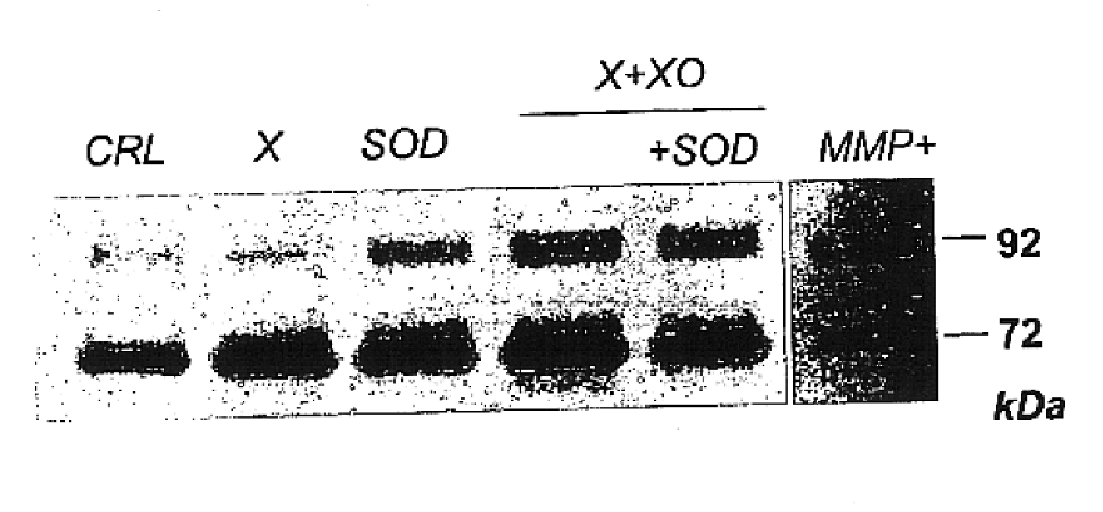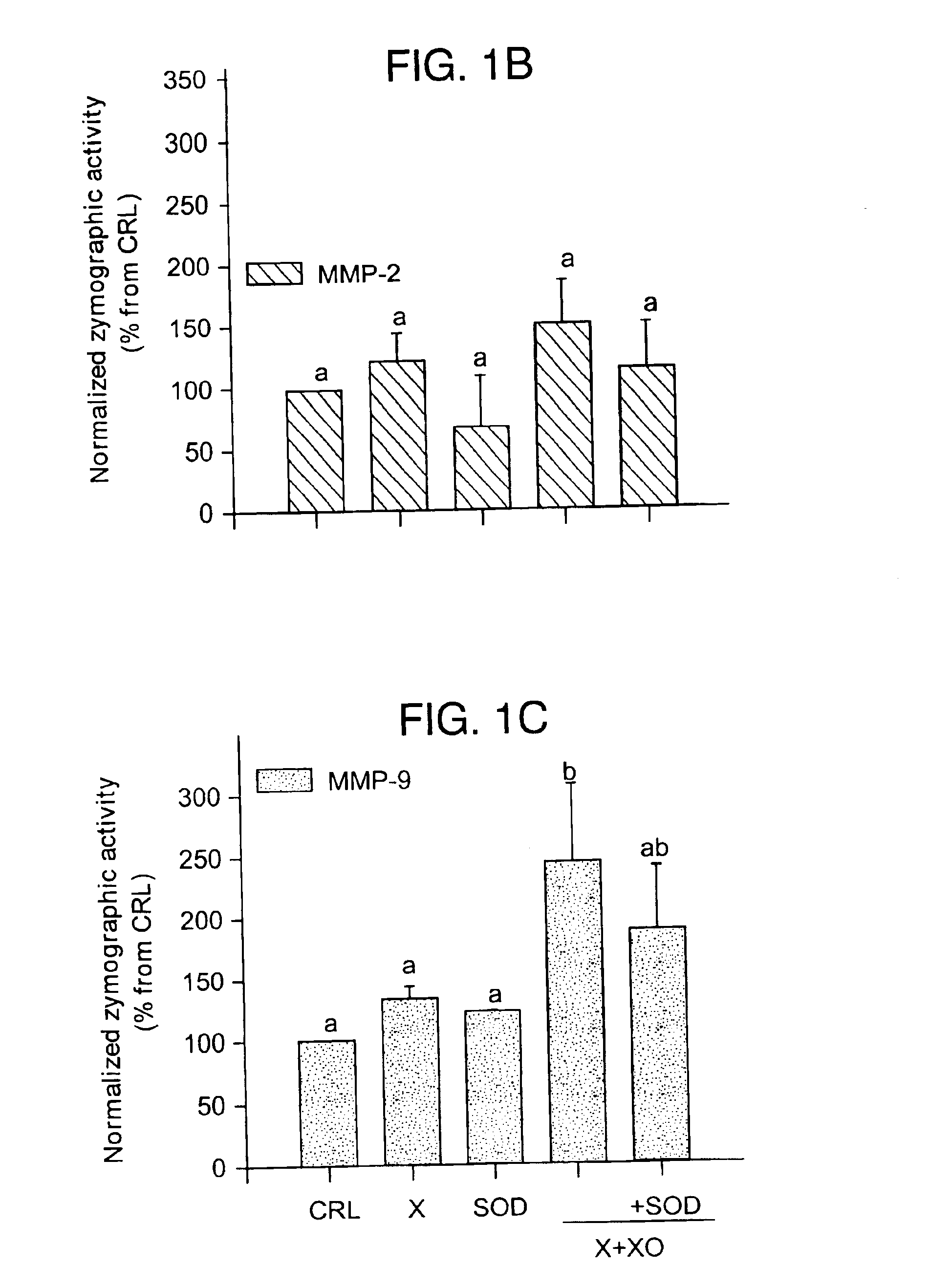Free radical scavengers or promoters thereof as therapeutic adjuvants in preterm parturition
a free radical scavenger and preterm parturition technology, applied in the field of therapeutic compounds, can solve the problems of preterm labor, perinatal morbidity and mortality in the world, and the health care cost of prematurity is enormous, so as to prevent ros formation and prevent ros formation
- Summary
- Abstract
- Description
- Claims
- Application Information
AI Technical Summary
Benefits of technology
Problems solved by technology
Method used
Image
Examples
Embodiment Construction
pups alive at examination. The fraction on the top of the bars depicts the total number of dead / number of fetuses alive counted in a group. The number of mothers analyzed were: n=12 (CRL), n=13 (LPS), n=8 (NAC) and n=12 (LPS / NAC).
[0063]FIG. 6A is a graph showing the total glutathione content (μmg / mg protein) in the liver of mothers from animals that were treated in vivo as described herein.
[0064]FIG. 6B is a graph showing the total glutathione content (μmg / mg protein) in the liver of fetuses from animals that were treated in vivo as described herein. Animals were sacrificed at 16 h after LPS or saline injection. The number of animals in each group is shown at the bottom of the bar. The means marked with asterisk are significantly different at a level of p<0.05 (maternal) or p<0.01 (fetal) compared to CRL levels. (One Way ANOVA followed by post-hoc comparisons using Student-Neuman-Keuls tests).
[0065]FIG. 6C is a graph showing the receiver operating curve analysis of fetal outcome (de...
PUM
| Property | Measurement | Unit |
|---|---|---|
| total volume | aaaaa | aaaaa |
| concentration | aaaaa | aaaaa |
| weight | aaaaa | aaaaa |
Abstract
Description
Claims
Application Information
 Login to View More
Login to View More - R&D
- Intellectual Property
- Life Sciences
- Materials
- Tech Scout
- Unparalleled Data Quality
- Higher Quality Content
- 60% Fewer Hallucinations
Browse by: Latest US Patents, China's latest patents, Technical Efficacy Thesaurus, Application Domain, Technology Topic, Popular Technical Reports.
© 2025 PatSnap. All rights reserved.Legal|Privacy policy|Modern Slavery Act Transparency Statement|Sitemap|About US| Contact US: help@patsnap.com



